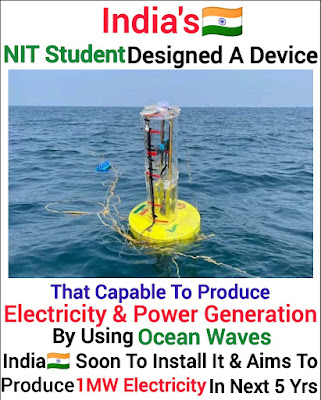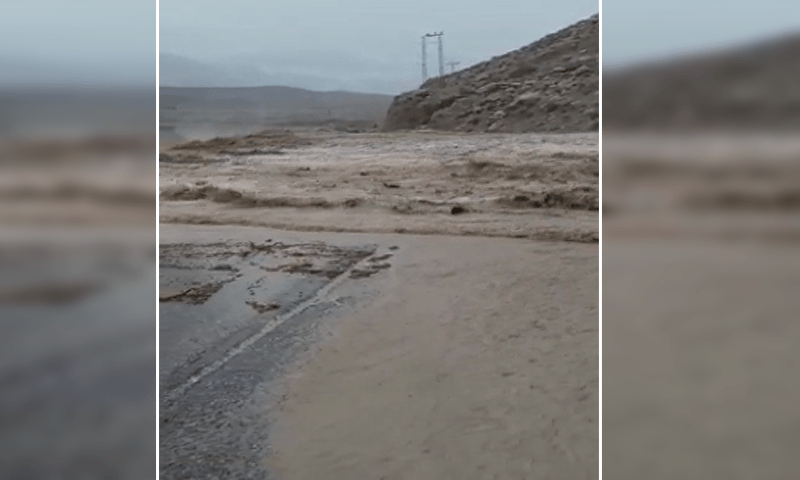Vizag startup works with IIT-Madras to generate electricity from ocean waves
India's NIT student developed a device called Sindhuja-1, and carried out an experiment to generate power at Tuticorin in Tamil Nadu in November 2022.
In February 2020, Sai Karthik Sunkara, a student of NIT- Srinagar, thought of generating power from the waves in the oceans. In December 2020, he started working with the Ocean Engineering Department of IIT-Madras, as the institution was researching the same idea of generating electricity from sea waves.Mr. Karthik had launched a startup called Virya Paramita Energy (VPE), and signed a joint development agreement with IIT-Madras to take the project forward.
They then developed a device called, ‘Ocean Wave Energy Converter’, or Sindhuja-1, to generate power from the waves.
In November 2022, they deployed the device 6 km off the coast of Tuticorin in Tamil Nadu and placed it at a depth of 20 metres.“After positive results in our maiden trials, we have set a target of generating 1 MW of electricity from the waves for commercial purposes by 2025,” says Mr. Karthik while speaking to The Hindu. Installing and operating the device at sea was a challenging task, he adds.
In the endeavour, they are taking the support from the National Institute of Ocean Technology (NIOT), Chennai.
Karthik and his team at IIT-Chennai believe that ocean energy is a better green energy option over other renewable energies such as solar and wind.
“Ocean waves can generate power 24x7 with minimal battery storage. It is the best choice for marine surveillance, offshore desalination plants, drone charging, underwater vehicle charging, weather buoys, defence ships, ports, and oil and gas installations,” he says.
‘Challenges many’
“The idea of generating electricity from ocean waves is not new, but the challenges of developing and making it viable are new,” says department professor Abdus Samad.
“The first launch with a 0.75-metre-dia buoy had been proposed to be carried out off the Visakhapatnam coast, but was shifted to Tuticorin port due to lack of approval,” says Mr. Karthik.
We will try the next experiment with a two-metre-dia buoy in the Visakhapatnam sea in 2023, he says, and hopes that the government will consider it.
“I want to start a production unit in Visakhapatnam in tune with the city’s sobriquet, ‘City of Destiny’, as I want to give back something to my birthplace. The second reason is that sea waves at Naupada in Srikakulam district and Visakhapatnam are viable for the project,” says Mr. Karthik. Commercialisation may take another two to three years, he adds.
How does it work?
The system consists of a floating buoy, a spar, and an electrical module. The buoy moves up and down in tune with the movement and swell of the waves. A spar can be fixed on the seabed, and the movement of the waves will not affect it, but the buoy will move up and down and produce a relative motion between them. Relative motion gives rotation to an electric generator to produce power, say Mr. Karthik and Prof. Samad



Comments
Post a Comment